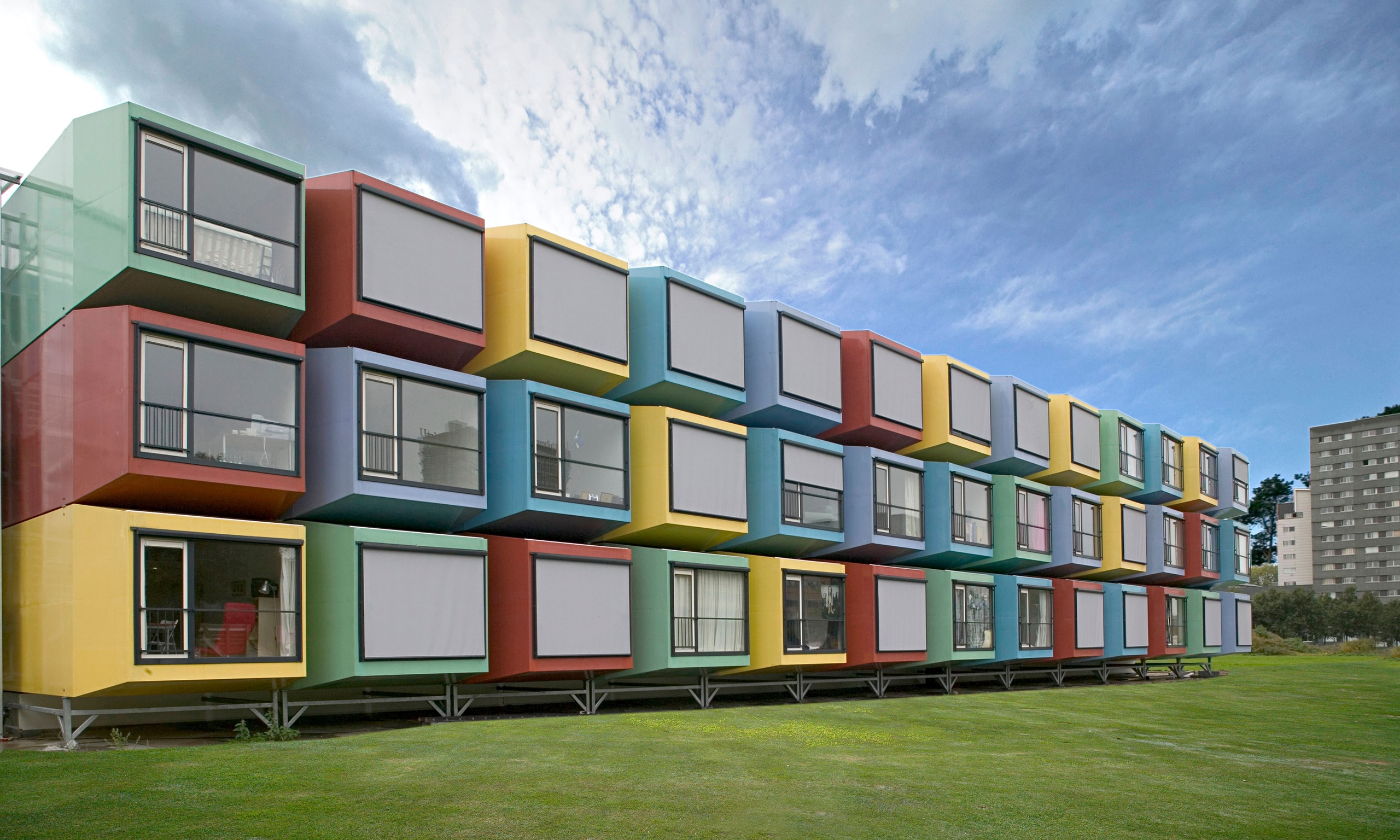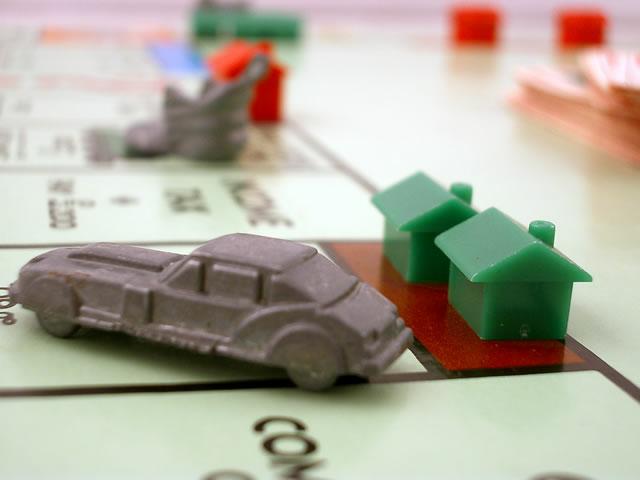You might heard someone said don’t invest the property in bad and low income neighborhoods. However, how much do you understand between the terms “bad” and “low income”? Today, we share this article for you to look at what separates these both.
Rule Zero: Don’t Trust Your Eyes
It’s easy and intuitive to look at a property and if you don’t like the first impression you get of it, walk away. Unfortunately, real estate investing isn’t that kind of party: If you want to win this game, you have to play strictly by the numbers. This means looking at statistics, prices, and environmental factors, not at the faded siding, broken windows, and missing shingles. Each of the points that follows is a guide about which factors mean “low income” but don’t mean “bad” when it comes to investing in a home in that neighborhood
Yes, you are very trust on your intuition by just looking a property appearance. But sometimes, the appearance doesn’t mean everything. Although some of the property appearance are bad, but there is still have the chance for appreciation over time and you just need to decorate it. Here is our advice ➤➤ if you’re looking for a property for investment, don’t judge the property by it looking, do search the area of the property such as amenities and security etc.
“High Crime” Can Mean “Bad” — Or Just “Low Income”
Every neighborhood has a few different crime rates — for the purposes of investing, you want to pay primary attention to property crimes, as they’re going to affect the security of your investment. But far more important are the “quality of life” crimes, like vandalism, littering, and public urination. Why? Because those crimes indicate that a neighborhood isn’t just desperate, it’s also “self-loathing” — the people who live there aren’t just committing crimes to get by, but they’re doing it because they simply don’t care about the neighborhood.
A neighborhood that has prostitution, drug dealing, and other money-making crimesbut doesn’t have the “quality of life” crimes isn’t necessarily bad — it’s just low income, and low income-but-good means there’s a potential for a value investment. Genuine “war zones” where the police don’t even visit if you call in a vandalism report because the bangers break every window in the neighborhood every Friday just on principle?
Here, we help you to summary the above paragraphs.
High-crime ➳➳➳ Robbery, homicide, kidnapper, war zones or etc
“Quality of life” crime ➳➳➳ environment quality, cultural factors, vandalism, public urination or etc
Money-making crimes ➳➳➳ prostitution, drug dealing, con artist, embezzler or etc
Growth Potential Can Make the Difference Between “Bad” and Just “Low Income”
One of the most important ways of separating a low income-but-good-investment neighborhood from a just-plain-bad neighborhoodis by looking at what is going to happen in that neighborhood over the next few years. For example, buying a home in a neighborhood where there is currently a large lot being cleared for the addition of a Costco is significantly better than buying one where the local Wal-Mart just moved out, and nothing is moving in to replace it — even if, at the moment, the Costco neighborhood house looks like the worse investment.
Alternatively, if you can find a neighborhood with a clear downside with a clear expiration date, you could be looking at a winner. For example, imagine a place where it sucks to live because there’s a stanky breeze from a mushroom farm that blows over the whole city — but the mushroom farm just declared that they’ve purchased a new facility and they’re moving a town over in six months. Property values are depressed because only desperate people are willing to live there right now, but that will change once the smell goes away, so buy before they shoot upward.
In another way, you can search around the area and look at the property that other people just bought. Keep you eye on that property market which mean is the property owner has rent out his/her house successfully (how long it would take) or the property owner resale to other people (how long it would take).
Low Geographic Mobility
Let’s be frank: Moving costs money, which means that people in low income neighborhoods tend to move less often. Look up the net migration numbers in your chosen neighborhood — if they’re very low (below 9%), you may be able to take advantage.
But! If your tenant screening techniques are on par and you maintain yourself as an available, easy-to-talk-to landlord that is willing to deal with an occasional legitimate disaster empathetically, you can keep a hardworking low income tenant paying mostly on time for year after year. Statistically speaking, the best low-income tenants have a reliable if low source of income — often, they’re retired or disabled and collecting stable monthly benefits. Other than the occasional late payment due to something like an unexpected car repair, these tenants can handily turn “low income” into a benefit.
Make sure you have credit check on your tenant as if your tenant who don’t want to move out until the police show up and you may lost a lot of of rent and you might have to prepare an amount of money on property damage if the tenant take revenge on you.
Your Investment Goals Can Change What “Bad” Is
Investors looking for that appreciating property are honestly probably not going to find it in a low income neighborhood. But investors looking for high cash-flow can definitelyfind a killer investment in a low income neighborhood — because rents tend to move less than property values do. So it’s relatively easy to buy a home that costs 50% of the identical home one neighborhood over, and charge only 15% less in rent. The end result is that you can set up a high cash flow investment with relatively little initial investment — at which point, yes, you might have slightly more difficulty with tenant screening and maintenance requests than you would one neighborhood over, but your capitalization rate will be well worth it.
Lastly, I would like to say that low income neighborhoods are good investment sometimes. And you don’t need to be worried of investing in low income neighborhood, but, you will need to be aware of when “low income” and “bad” don’t matchup and and do the research of how to avoid these both won’t overlap.
If you want to learn more about property investment, click the following link: PropertySeminar.com.my
How to use creative strategy to own a property in Malaysia? Click the following link to learn more: PropertyMillionaireIntensive.com





